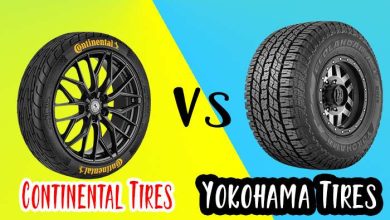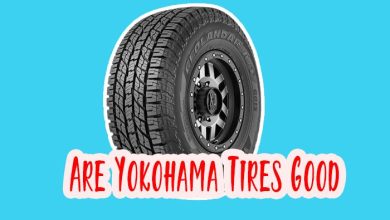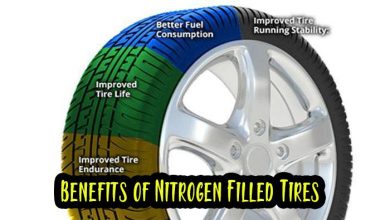Can You Put a Tube in a Tubeless Tire?
Today, we embark on a quest to demystify a familiar tire-related enigma: Can you put a tube in a tubeless tire? As a seasoned tire enthusiast, I assure you that by the end of this journey, you’ll have a clear roadmap for dealing with your tube and tubeless tire conundrum.
Understanding Tubeless Tires
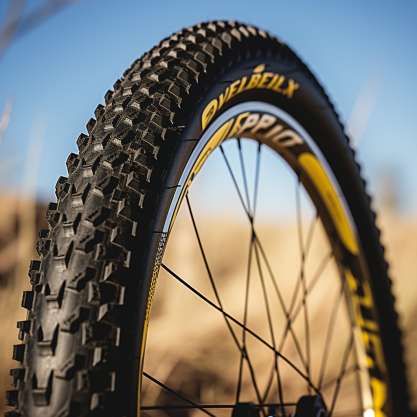
Tubeless tires stand as a testament to modern engineering in rubber and rims. Unlike their tubed counterparts, these tires boast a seamless design, eliminating the need for an inner tube to hold air.
The tire’s bead locks onto the rim, creating an airtight seal. This innovation minimizes the risk of sudden blowouts, providing a safer and more reliable ride. Read my recent post- Can You Drive on Low Tire Pressure?
Advantages of Tubeless Tires
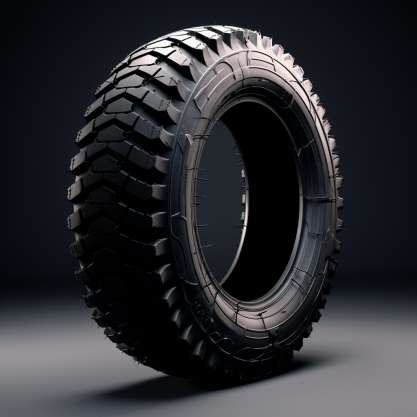
Before diving into the central question, let’s first revel in the marvels of tubeless tires:
- Puncture Resistance: Tubeless tires significantly reduce the likelihood of flat tires by preventing air from escaping rapidly when punctured.
- Improved Fuel Efficiency: The absence of a tube reduces the tire’s overall weight, contributing to better fuel efficiency and a smoother ride.
- Sealant Technology: Many tubeless tires come equipped with sealant, which automatically seals small punctures as they occur, ensuring a continuous and hassle-free journey.
Now that we’ve glimpsed the perks, let’s confront the question: Can you put a tube in a tubeless tire?
Can You Put a Tube in a Tubeless Tire?
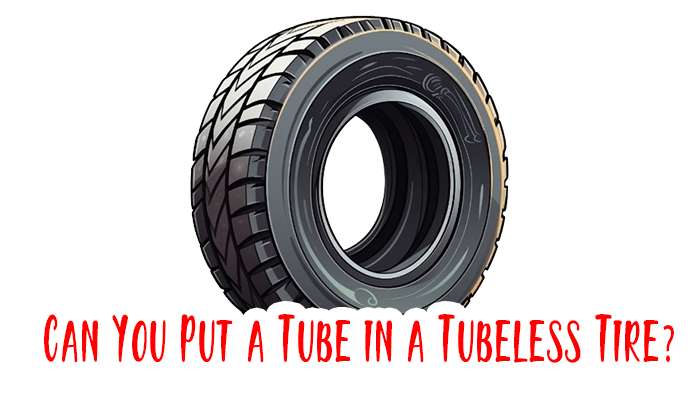
Technically, you can put a tube in a tubeless tire, but it’s more nuanced than a simple yes or no. Here’s a breakdown:
Yes, you can:
- Tubeless-ready tires: These are designed to work with or without tubes, so they have a thicker sidewall and sealing bead to hold a tube securely.
- In an emergency: If you get a flat on a tubeless tire and don’t have the tools to repair it, putting in a tube can temporarily get you back on the road.
But there are some drawbacks:
Steps to Put a Tube in a Tubeless Tire
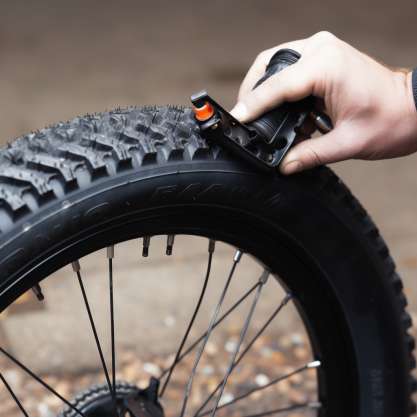
Step 1: Tire Inspection
Before considering the tube-in-tubeless approach, thoroughly inspect the tire for damage, wear, or foreign objects. Ensure the tire is in optimal condition to accommodate the inner tube.
Read More: Can You Drive Snow Tires All Year?
Step 2: Remove the Tubeless Valve
To introduce a tube, the tubeless valve needs to be removed. Use a valve removal tool to remove the valve without damaging the stem.
Step 3: Insert the Inner Tube
With the valve removed, insert the inner tube into the tire, positioning it evenly. Take care to avoid any twists or folds in the tube.
Step 4: Mount the Tire
Place the tire back onto the rim, ensuring the inner tube is seated correctly within the tire. Be cautious not to pinch the tube during this process.
Step 5: Inflate and Secure
Inflate the tire gradually, periodically checking for proper alignment and seating of the inner tube. Once inflated, secure the tubeless valve back in place.
When to Consider This Option
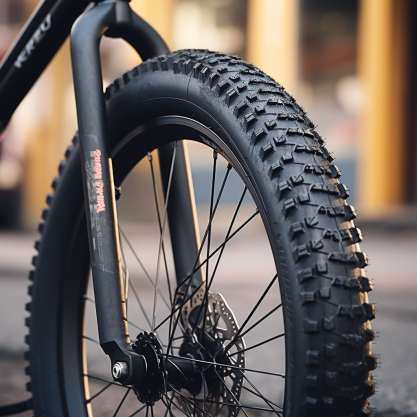
While putting a tube in a tubeless tire is a viable option, it’s essential to know when this approach makes sense. Consider the following scenarios:
1. Tire Damage
If your tubeless tire has sustained irreparable damage, inserting a tube can temporarily keep you on the road until a replacement is available.
2. Emergency Repairs
In remote areas where tubeless tire repair options are limited, inserting a tube can quickly get you to the nearest service station.
3. Personal Preference
Some drivers may prefer the familiarity of tube-type tires and use tubes in tubeless tires for personal comfort and convenience.
Risks and Precautions

While the tube-in-tubeless method is a feasible solution in certain situations, it comes with risks and precautions.
1. Heat Buildup
Using a tube in a tubeless tire may increase heat buildup, especially during prolonged drives or high-speed travel. Monitor tire temperature to prevent overheating.
2. Compatibility
Not all tubeless tires are suitable for accommodating tubes. Ensure compatibility by consulting your tire manufacturer’s guidelines.
3. Professional Assistance
If you need clarification on the process or encounter any issues, seek professional assistance. Improper installation can lead to safety hazards and performance issues.
Conclusion
In the ever-evolving landscape of tire technology, putting a tube in a tubeless tire is a puzzle with multiple pieces.
As you navigate this terrain, consider the advantages, steps, and potential risks before deciding. Your vehicle’s safety and performance are paramount, so tread carefully.
Before we part ways, dear reader, we encourage you to share your tire tales, triumphs, and tribulations. Have you ever faced a tube or tubeless dilemma?
Please share your insights in the comments below, and let the rubber meet the road on our collective knowledge!
Glossary
- Tubeless Tires: Tires are designed without an inner tube, providing advantages such as puncture resistance and improved fuel efficiency.
- Inner Tube: A rubber tube placed inside a tire, typically used in tubed tires to contain and maintain air pressure.
